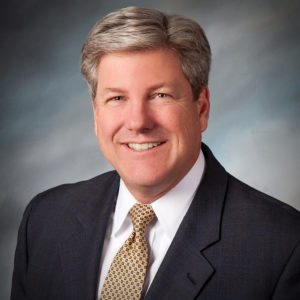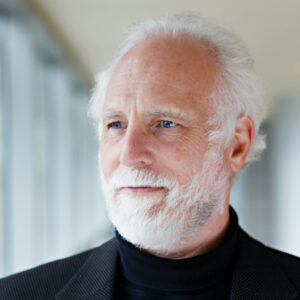By Knut A. Rostad
Originally posted on ThinkAdvisor, August 29, 2017
Google the phrase, “When are we going to get there?” and the message in Jason Zweig’s weekend column stares you in the face. Or at least the search results do. All 1.29 billion — yes, billion — of them. (This compares to 312 million search results for the name, “George Washington.”)
In his weekend column, Zweig surveys the landscape on fiduciary regulations and firm adherence. He finds it lacking and concludes fiduciary is “far from universal and in some ways in retreat.” He includes (with the status of the DOL fiduciary rule) the CFP Board’s proposed standards in his purview.
For example, under the proposed standards, CFPs would be required to disclose and manage conflicts. Regardless, some brokerage firms whose brokers are CFPs seem to be bucking the CFP Board, Zweig notes, and publicly warning that they may ignore the standards.
One such firm may be UBS. CFP Tami Aloisa notes in her comment on the proposed standards, “I am wondering how I and a couple thousand CFPs at UBS would potentially be impacted in light of the language in our June statement stuffers.”
The language Aloisa references includes acknowledgement from UBS that “some of our financial advisors” are CFPs. However, and critically, according to UBS, “A financial advisor’s professional designation does not change the obligation of UBS or the financial advisor to you in providing investment advisory or brokerage services to you.”
UBS’s position could not be much more concrete and clear. Zweig’s conclusion: “Until regulators and trade groups sort this out — and the next total solar eclipse may come first — the burden of finding someone who will act in your best interest is on you.”
In finance, we have the widely known Volcker and Bogle Rules, named for the former chair of the Federal Reserve Board and the founder of Vanguard, respectively. Now we may have the Zweig Rule.
Zweig offers 19 questions that he recommends investors ask brokers or advisors. (He also offers the only acceptable answers to each question.) The questions are concrete and specific, and most can be answered with a simple “yes” or “no.” The remainder have a “right” answer, Zweig suggests, that are easy to spot.
Among a host of issues that investors should be aware of in vetting brokers or advisors, Zweig stresses the importance of identifying conflicts in writing. He also stresses putting in writing what expenses and fees are paid to the firm and broker or advisor. The investing philosophy and the core investing practices are also identified through the questions.
It’s an excellent list that reflects CFA Institute mandates and our own (Institute) 12 best practices, which you can see here. The necessity of this list in 2017 suggests a new rule for finance that, of course, borrows directly from President Ronald Reagan: “Trust, but verify.”
It’s common today to hear that fiduciary advice is inevitable because “the genie is out of the bottle,” and brokerage firms have made investments in new technology and platforms, new products and new pricing to reduce conflicts. To these good and important developments, Zweig poses a question that deserves a serious response: When?
When should investors be confident that thousands of newly minted “fiduciary” brokers and advisors both understand what fiduciary conduct means and are willing and are able to be fiduciaries?
Considering the uncertainties around the enforcement of the DOL and CFP Board standards, this is no idle question. Regarding the DOL fiduciary rule, Consumer Federation of America argues correctly and elegantly against weakening it because, in part, without the rule and “a strong enforcement mechanism,” the DOL cannot assume “there will be wide adoption of fiduciary practices.”
So, “when are we going to get there?” is a key question. The rationale for the Zweig Rule reflects a basic reality that should be acknowledged by fiduciary advocates — that rules requiring transformations take time to take hold in the best of times. And they take enforcement. This is common sense or, at the very least according to Google, a commonly asked question.

